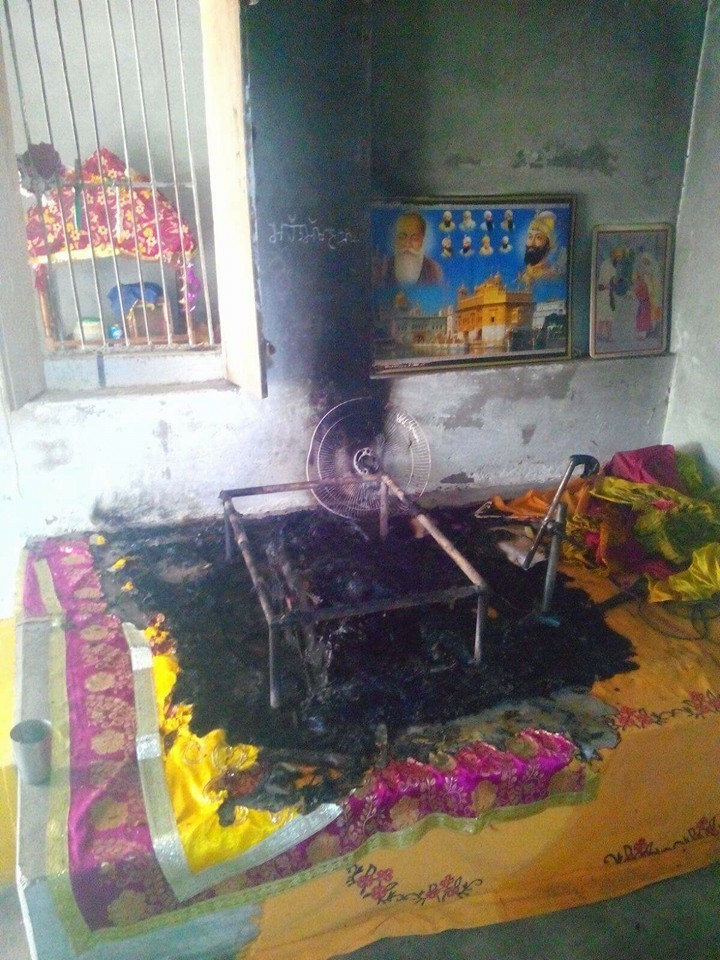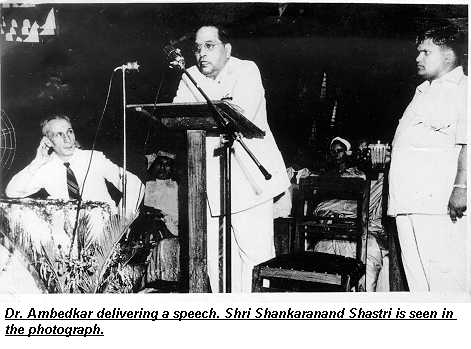Preetika Nanda
It needs to be said at the outset that nefarious designs are unfolding in Punjab accompanied by appalling media blackout and silence from all quarters. After the sacrilege of the Sri Guru Granth Sahib in Faridkot district and the peaceful protests which were met by brutal force resulting in death of two Sikh youth and grave injuries to at least a hundred more, protests have become widespread. As protests continue to grow all over Punjab, other Indian states and abroad, the Indian Army and the BSF has been called in various districts of the state. Meanwhile, more incidences of the holy book’s desecration are coming to fore every passing day.

Angst over the desecration of a religious book or place of worship is not and should not be seen as a response of the faithful alone for people derive their sense of identity and personhood by not merely adhering to a religion but also by their sense of belongingness to the religious community in question. For example I do not pray or go to the Gurudwara but that does not mean I do not identify myself as not belonging to the Sikh community and consequently not be disturbed by the recent happenings in Punjab.
CM, Prakash Singh Badal (ally of the BJP) backed Hindutva is rearing its ugly head in Punjab, as the month long agitation for compensation for crops destroyed by whitefly has been relegated to a list of unaddressed economic grievances. Instead of addressing the concerns of the farmers, these incidents of sacrilege, clearly under the patronage of the state, have fallen back on deliberately hurting the sentiments of a community by attacking its foundational text and killing its members who were protesting peacefully and continue to do so.

That is not to say that the current situation has been “manufactured” to deflect from agrarian crises alone, but what enables this mode of persecution is the structural nature of the Indian state which has been heightened yet again at the present moment of unclothed fascism. This structural nature vis-à-vis the Sikhs as codified in the constitution through Article 25 (b) itself which categorizes them within the “Hindu fold” is a case in point for epistemic violence despite demands of recognition of a separate religious entity.
It is directly linked and fits into the pattern of ongoing persecution of minorities: the lynching of Muslims, and caste violence including ban on beef. Therefore it cannot be looked at in isolation. The key difference being the silences of the otherwise vocal voices against high-handedness of Punjab police and blatant militarized response deployed against unprecedented protests which have largely remained peaceful.

Blaming Amritdhari Sikhs themselves for the en-masse desecration of the holy book is simply a lazy excuse at best. It criminalizes them as was done in 1984 under an ostensibly “secular” government by institutional profiling of the entire community as “potential terrorists”.
Moreover, the reason for the current situation as being peddled by the state government that there is an involvement of the so called “foreign hand” is way too convenient an explanation.

“Margins” (in this case, Punjab bordering Pakistan) specially when defined by “disorder” whether manufactured or real can be used to trump up hysteria of threat, more so in the face of heartening Punjabi Muslim-Sikh unity. The deployment of the security forces can and most probably will send out the message of insecurity and generate anxiety especially when on the ground situation is hardly being reported and if at all, is largely lop-sided. The images floating around by the skewed coverage of the on ground situation creates a binary of “violent/irrational” Sikhs and the “tolerant” state merely doing its job of preserving order.
However, the deployment of security forces across Punjab resonates with 1984 and evokes the traumatic experiences of being at the receiving end of the most brutal and much touted counter-insurgency campaigns unleashed over a period of ten years. Injustices, when unacknowledged cause memories of oppression to flow in a continuum and even more so as we approach 31st anniversary of the anti-Sikh pogrom: a stark reminder to all minorities, that any deviance from the majority’s imagination of a community: in the case of the Sikhs “as the militant arm of Hinduism” or in case of Muslims, as being a “good Muslim like Abdul Kalam” will lead to dire consequences of genocidal proportions.

~~~
Preetika Nanda pursued her Masters in Conflict and Peace Studies from Jamia Millia Islamia. Her MA Thesis was on the Patterns of Abuse and Impunity in Insurgency Ridden Punjab. She is currently working as a researcher documenting mass enforced disappearances in Punjab between 1984-1995.
Pictures courtesy: the net.









